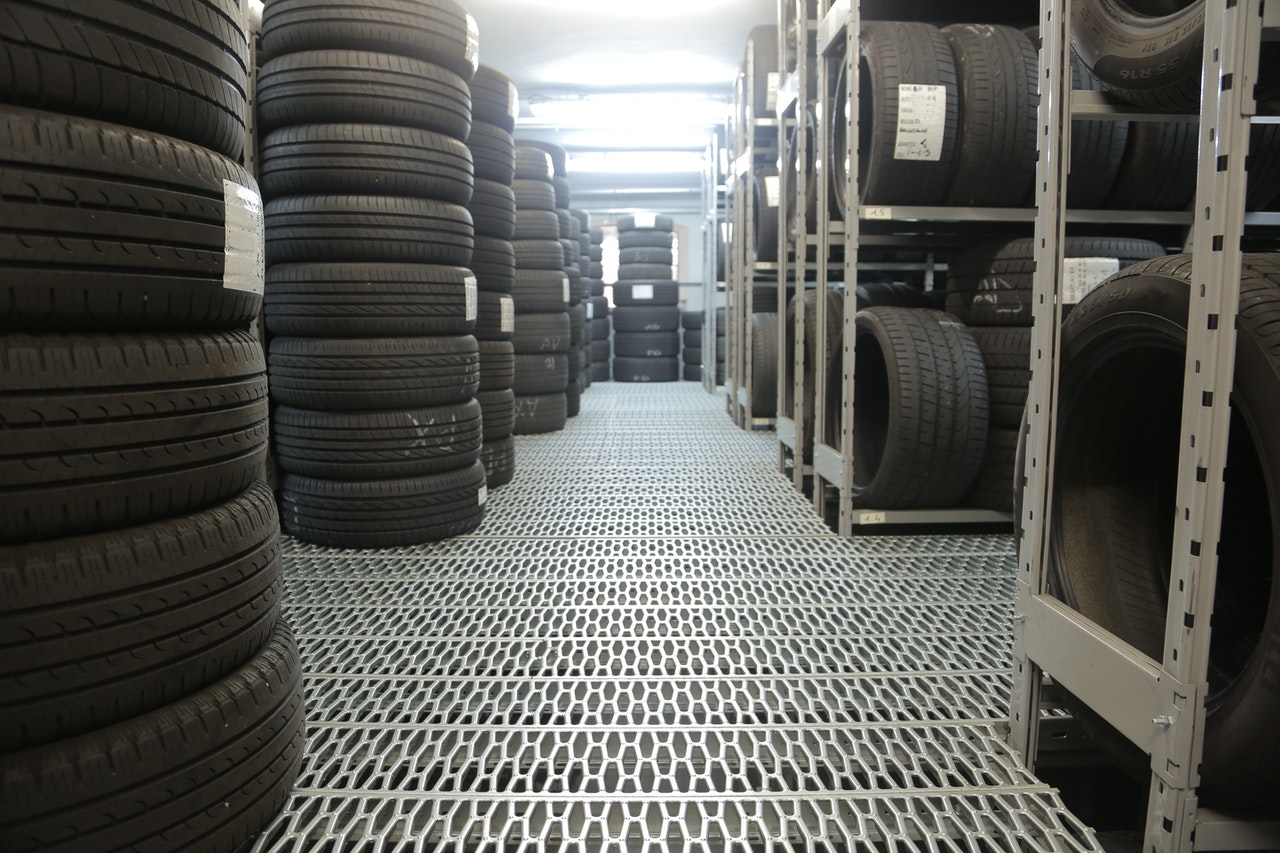If you want to find the best new tires for your vehicle, you’re going to need to research your options thoroughly. This guide will help you decide by breaking down tire types and helping you make an informed decision about which ones will suit you best.
1. Check Your Manual
Vehicle manufacturers will recommend what size and type of tires you should be using in your automobile. This information is usually in your owner’s manual, which can often be found on their website or provided at a dealership where you buy your vehicle. What you need to know about tire sizes will vary depending on whether you drive an SUV, sedan, or truck. As a result, the appropriate size may be different for one type of vehicle versus another.
2. Understand the Codes on Your Tire
Understanding the code on your tires can be daunting, especially if you’re not used to reading them. However, you can decipher them pretty quickly, and you will know what you need when you buy new tires. There are four main tire types: passenger cars (P), light trucks (LT), commercial trucks (C), and off-road, heavy-duty trucks (H).
As an example, if your tire code is “P225/65R16,” the first letter indicates the type. Here, P indicates passenger cars. Next is code 225, the widest part of the tire from sidewall to sidewall in millimeters. Then follows a two-digit code “65.” This is the tire’s height to width aspect ratio. A lower number indicates a shorter sidewall.
R stands for radial construction. Most contemporary tires are radials, except those intended for use on classic cars. The last two digits in the code indicate the diameter of the wheel that the tire is designed to fit. Learn more about tire codes from the National Highway Traffic Safety Administration.
3. The Different Types of Tires
Tires can affect how you drive, how fast or slow you go, and even the type of gas mileage you get. Here are different types of tires to choose from:
All-Season Tires
All-season tires provide a balance between economy and performance by combining a thicker tread depth to handle snow and ice with a thinner tread depth to provide better fuel efficiency. They are an excellent option for drivers who live in areas that experience all four seasons. They have lower rolling resistance, which saves energy and lowers your fuel consumption.
Note that while all-season tires are designed to perform well in all four seasons, they are not built for harsh winter weather. They offer little traction on snow-covered roads during the winter months, so they should be changed for winter tires if you live in an area with bitter winters.
Summer Tires
Summer tires perform best at temperatures greater than 50 degrees Fahrenheit. If your car sees heavy use in the summer months, it may be worth your while to get a set of dedicated summer rubber. On top of that, summer tires are much stickier than other types, so you’ll stop faster when braking on dry asphalt.
Winter Tires
Winter tires have extra gripping compounds meant for colder weather, providing much better-stopping ability in inclement conditions. Traction is king in winter driving, so it’s not enough to have four wheels safely spinning—you need at least two wheels firmly connected to your road surface.
And that’s where many people make a mistake. Even if you don’t see snow during the winter months, cold temperatures can still wreak havoc on an unprepared set of tires. Therefore, it is best to invest in a set of snow tires for your vehicle, rather than all-season or summer tires if you live in an extremely cold area. Not only will snow tires give you better traction on wet and slippery roads (as well as packed snow), but they can also improve your handling by providing more bite into icy surfaces.
4. Longevity
Knowing how long new tires will last is essential when purchasing them. Manufacturers provide a tire’s estimated lifespan on the package of their products, but several variables contribute to determining how long they will last.
For example, daily driving habits and climate conditions both impact tread wear. If possible, take a look at an old set of your car’s tires to get an idea of what kind of wear is typical for your vehicle and set yourself up for success by ensuring that you replace your tires before they reach their estimated time limit.
Most auto experts recommend replacing tires after 4/32nds of tread remains. This will help you prevent unwanted tire-related expenses in addition to keeping your safety and control systems well-protected during replacement.
Conclusion
The decision to buy tires can be intimidating, but that doesn’t mean you have to rely on a tire salesperson. When you know the key factors to look for, you can feel confident about your choice when you make your next tire purchase.
There’s one more thing we want you to consider when buying new tires. Buying quality products it is worth the cost if it means protecting those who depend on you most—particularly your family.
